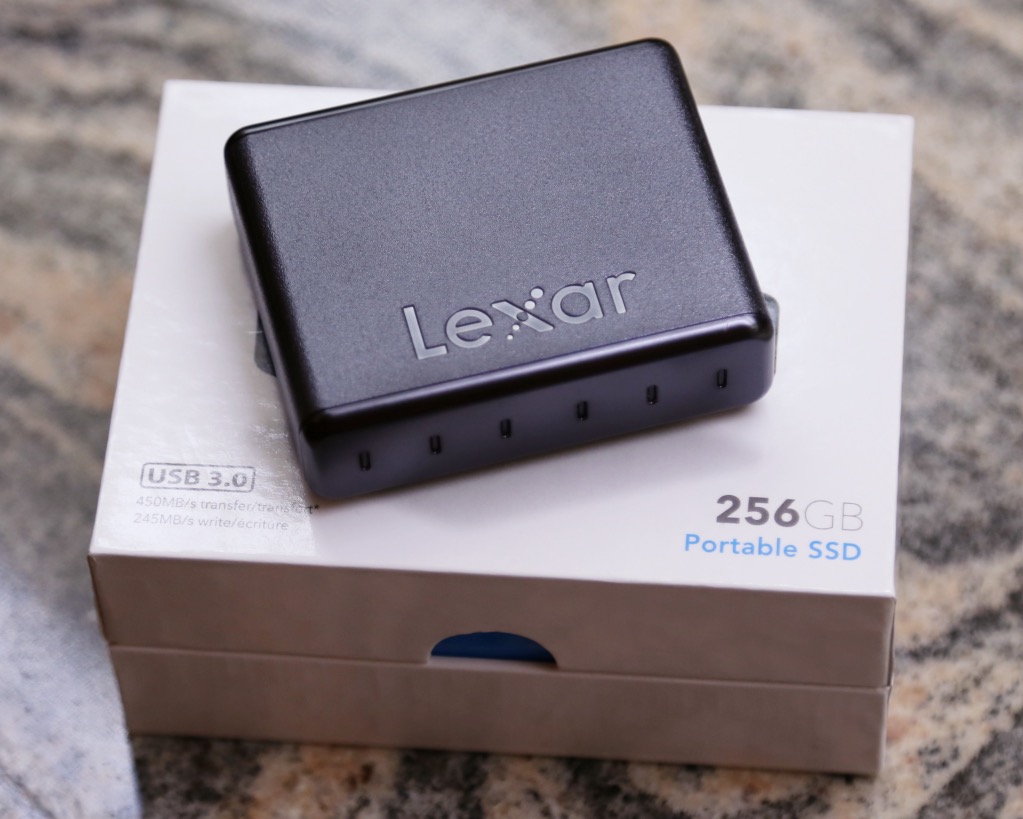You may recall that while we were in attendance at this year’s Consumer Electronics Show we met with Micron and Lexar to have a meet and greet with their latest products, one of which is the hardware we have on hand today, the Lexar USB 3.0 Portable SSD.
FEATURES AND SPECIFICATIONS
The purpose of this small and portable SSD is just that, to let you have SSD-level performance in a small and compact design. You will see that this drive is available in capacities of 256GB and 512GB, both of which will be released later on this year.
Both of these capacities will be accompanied by a two year limited warranty and will be available with a MSRP of $149 and $249 accordingly. When it comes to the components and modules found within the device, we are unable to provide any information. Micron was not allowed to let us know the controller being used, however we can only imagine that the NAND modules would be manufactured by Micron.
The packaging itself is very simple, a glossy-white exterior with a levitating Portable SSD on the front. Here is also flaunts the theoretical throughput, listing 450MB/s transfer (read) and 245 (MB/s) write.
The backside, a little less exciting, as in three different languages it lists the specifications and system requirements of this portable SSD. Inside the packaging you will find the Portable SSD, and a USB 3.0 cable.
Taking a look at the front of the Lexar Portable SSD, you will see that there are six LED’s. Counting five from the left side, these white LED’s will let you know to what percentage your portable SSD’s capacity is at. The rightmost blue LED indicates the power.
The top and sides of the portable SSD and very straightforward, as the top proudly displays the manufacturer’s name, while the sides are plain-Jane.
The bottom of the portable SSD features a circular rubber pad to keep the portable SSD from sliding around easily. It also has a sticker that indicates the specifications of the drive, including serial number.
The back of the device features the easily recognizable USB 3.0 Type B input. While most PC’s feature a USB 3.0 port, it may be possible that yours is a generation behind. If your computer is not equipped with the latest USB technology, then we encourage you to have a look at our report of the HighPoint 4-Port HBA. This PCIe expansion card easily allows you to add four additional USB ports to your system, as well as the addition of USB 3.0 technology.
 The SSD Review The Worlds Dedicated SSD Education and Review Resource |
The SSD Review The Worlds Dedicated SSD Education and Review Resource | 


I’m wondering: What is inside? An mSata card?